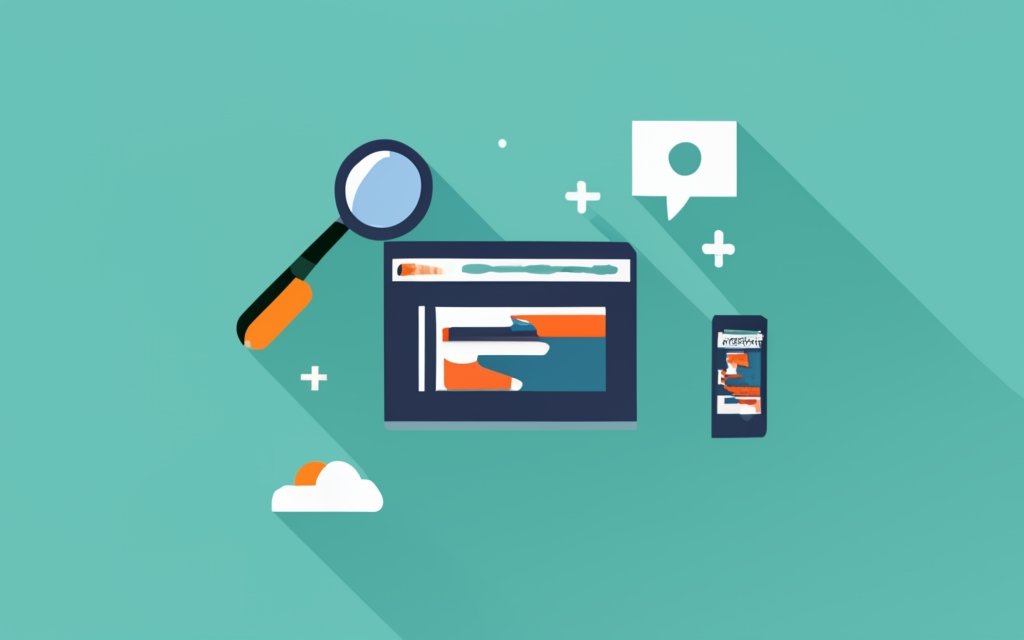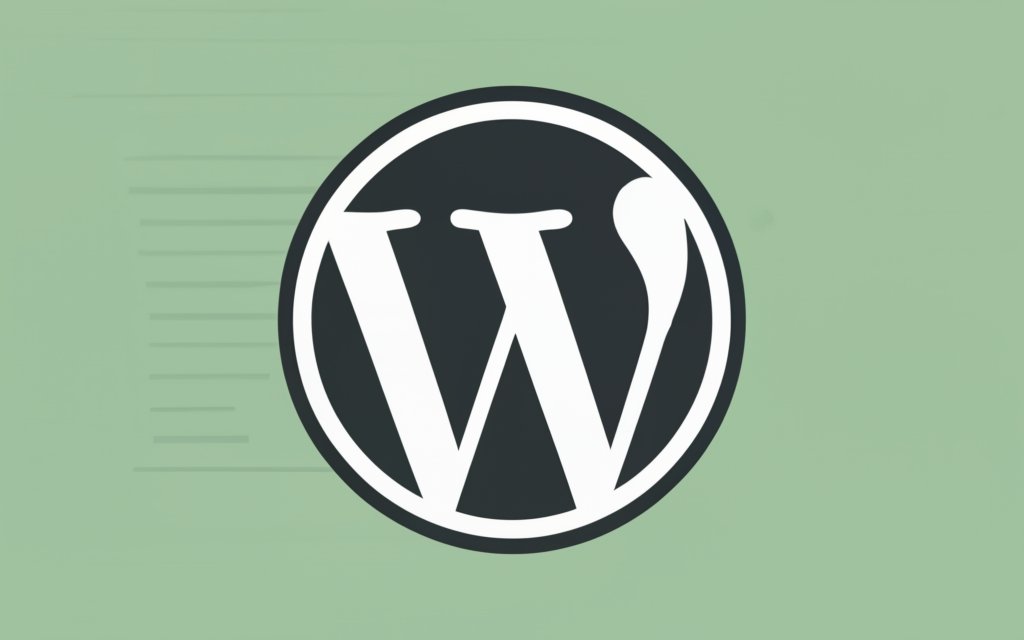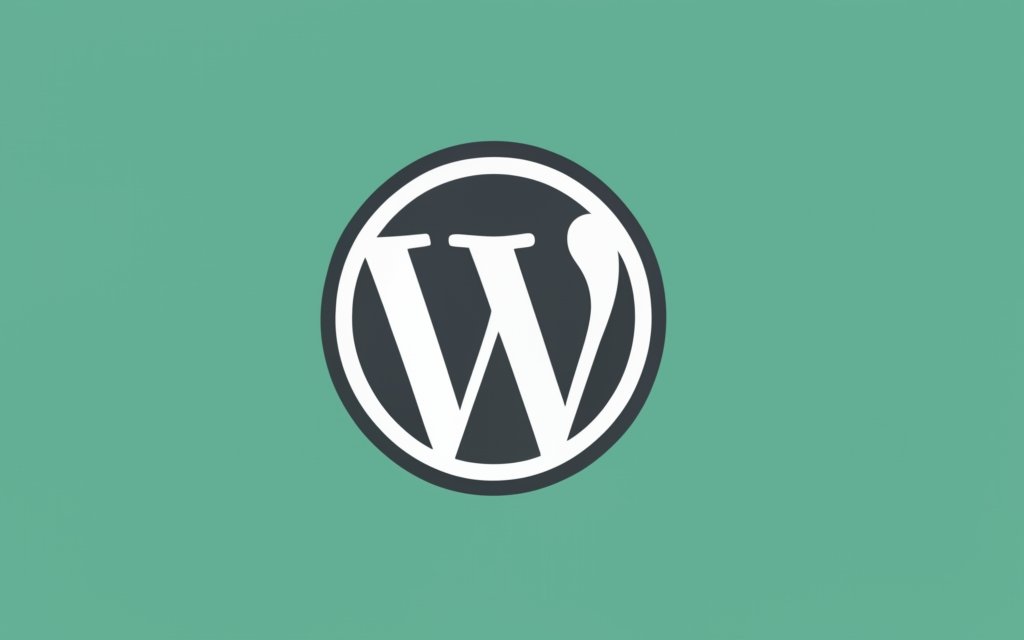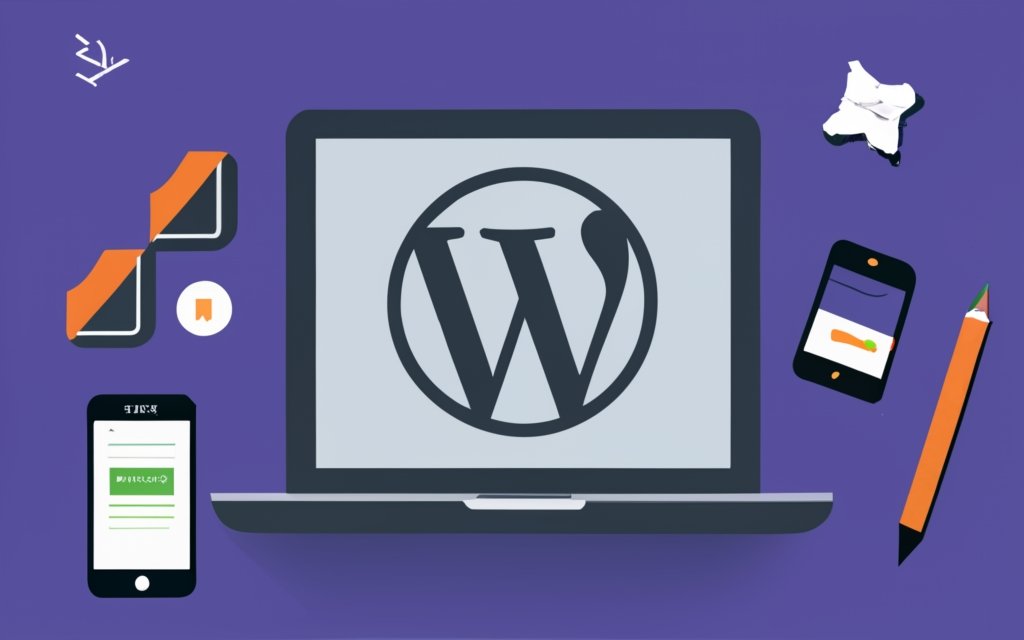.jpg)
Custom headers and footers play a crucial role in creating a unique and professional website design. With WordPress page builders, you have the flexibility to customize the header and footer sections of your website without any coding knowledge. This article will guide you through the process of creating custom headers and footers using WordPress page builders.
Understanding the Importance of Custom Headers and Footers:
Custom headers and footers are essential for your website for several reasons. They provide a consistent branding and design element across all pages, help improve user experience and navigation, and allow you to showcase important information such as contact details or social media links. Custom headers and footers enable you to make a visual impact and differentiate your website from others using pre-designed templates.
Choosing the Right WordPress Page Builder:
Before diving into creating custom headers and footers, it’s important to choose the right WordPress page builder that suits your needs. This article will explore different page builders that offer robust customization options and ease of use.
Creating Custom Headers with WordPress Page Builders:
Step-by-step instructions will be provided to guide you through the process of designing custom headers. From selecting header layouts to adding logos, menus, and other elements, you’ll learn how to create a header that aligns with your brand and enhances the overall visual appeal of your website.
Adding Custom Footers with WordPress Page Builders:
In addition to custom headers, this article will also cover the process of designing custom footers. You’ll discover how to add widgets, copyright information, social media icons, and other elements to create a personalized footer that complements your website’s design.
Optimizing Custom Headers and Footers for Mobile Devices:
With the increasing use of mobile devices, it’s essential to optimize your custom headers and footers for a seamless mobile experience. This section will provide responsive design tips to ensure that your headers and footers look great and function properly across different screen sizes.
Troubleshooting Common Issues with Custom Headers and Footers:
This article will address common issues you may encounter when creating custom headers and footers and provide solutions to fix them. From compatibility issues to layout inconsistencies, you’ll learn how to troubleshoot and ensure a smooth user experience.
Additional Resources:
To further enhance your knowledge and skills in creating custom headers and footers, a list of additional resources will be provided, including tutorials, guides, and recommended plugins.
Key takeaway:
- Custom headers and footers enhance website appearance: Utilizing WordPress page builders, you can create unique headers and footers that reflect your brand and attract visitors to explore your site.
- Importance of custom headers and footers: Custom headers and footers provide a consistent structure for your website, improving navigation, user experience, and adding a professional touch.
- Choosing the right WordPress page builder is crucial: Exploring various page builders helps you find the one that suits your design preferences, skill level, and compatibility with your website.
Understanding the Importance of Custom Headers and Footers
When it comes to website design, custom headers and footers play a crucial role. In this section, we will dive into the significance of incorporating unique headers and footers into your website. Discover why custom headers and footers are vital for enhancing user experience, improving brand identity, and increasing overall engagement. Get ready to unleash the power of these essential website elements and take your online presence to new heights.
Why Custom Headers and Footers are Essential for Your Website
Custom headers and footers are essential for your website for several reasons. They play a vital role in providing a consistent and professional appearance, ensuring that your brand identity is consistently represented. By incorporating custom headers and footers, you can give your website a cohesive and polished look.
These custom headers and footers also allow you to include important information and navigation elements. Headers typically contain key elements like your logo, menu, and contact information, while footers often feature links to important pages, social media icons, and copyright information. These elements make it easier for visitors to navigate your site and find the information they need.
In addition, custom headers and footers can enhance the user experience by improving website functionality. For instance, you can include a search bar in the header to help users quickly find specific content. In the footer, you have the opportunity to add a newsletter signup form or links to related articles, providing additional value to your visitors.
These custom headers and footers contribute significantly to your website’s overall branding and aesthetic appeal. You can utilize them to showcase your creativity, reinforce your brand message, or highlight promotions and features. By incorporating unique design elements and visual elements in your headers and footers, you can create a memorable and visually appealing website.
Choosing the Right WordPress Page Builder

Photo Credits: Www.Uncleb.Tech by Eric Lewis
When it comes to creating custom headers and footers with WordPress, the key is choosing the right page builder. In this section, we’ll take a deep dive into the world of WordPress page builders and explore the different options available. From comparing functionality to examining user-friendliness, we’ll help you uncover the perfect page builder for your website needs. So let’s get ready to discover the exciting world of WordPress page builders and unlock the potential for stunning customizations!
Exploring Different WordPress Page Builders
When exploring WordPress page builders, it is important to consider various options available. Gutenberg, the default WordPress editor, offers a block-based approach to content creation. It provides a wide range of blocks for adding different elements to your website.
On the other hand, Elementor is a popular page builder plugin that allows you to design and customize your website using a drag-and-drop interface. It offers a large selection of pre-designed templates and widgets.
Divi is another powerful page builder that provides a visual drag-and-drop interface. It comes with a vast library of pre-made templates and modules, making customization easy.
Similarly, Beaver Builder is known for its user-friendly interface, which allows you to build custom websites without coding knowledge. It offers a variety of modules and templates to choose from.
Oxygen, on the other hand, is a versatile page builder that gives you complete control over your website’s design. It allows you to create custom headers and footers using its visual interface.
Lastly, Visual Composer is a page builder plugin that provides both front-end and back-end editing experience. It offers a wide range of elements and templates for creating custom headers and footers.
Considering ease of use, available features, template libraries, and compatibility with your theme is important when selecting a WordPress page builder. Experiment with different builders to find one that suits your design preferences and website goals.
Creating Custom Headers with WordPress Page Builders

Photo Credits: Www.Uncleb.Tech by Noah Moore
Designing custom headers with WordPress page builders can add a unique touch to your website.
In this section, we’ll dive into the step-by-step guide, providing you with practical insights on how to create eye-catching and personalized headers.
Whether you’re a beginner or an experienced user, these tips and techniques will empower you to unleash your creativity and make your website stand out from the crowd.
So, let’s get started and unlock the potential of custom headers with WordPress page builders.
Step-by-Step Guide to Designing Custom Headers
To design custom headers in WordPress with a page builder, follow these steps:
1. Choose a page builder that supports custom header design, like Elementor or Beaver Builder.
2. Create a new page or navigate to an existing page where you want to design a custom header.
3. Click the “Edit with [page builder name]” button in the WordPress editor to launch the page builder interface.
4. Locate the header section or template options within the page builder.
5. Select a pre-designed header template or create a custom header from scratch.
6. Customize the header to your preferences and branding, including adding your logo, menu, and desired elements.
7. Adjust the layout, colors, fonts, and other design elements to match your website’s aesthetic.
8. Preview and test the custom header on different devices and screen sizes to ensure proper display.
9. Save the changes and publish the page to make the custom header live on your website.
By following this guide, you can easily design custom headers for your WordPress website using a page builder.
Adding Custom Footers with WordPress Page Builders

Photo Credits: Www.Uncleb.Tech by Andrew Lopez
Looking to add some flair to your WordPress website? Discover the power of custom footers with WordPress page builders. In this section, we’ll unveil a step-by-step guide to designing unique footers that will leave a lasting impression on your visitors. Say goodbye to generic templates and hello to personalized footer designs that reflect your brand’s identity. Get ready to elevate your website’s aesthetics and functionality with our expert tips and tricks. Let’s dive into the world of custom footers and unlock endless possibilities for your WordPress site.
Step-by-Step Guide to Designing Custom Footers
Designing custom footers for your website can enhance its appearance and user experience. Here’s a guide to help you create custom footers using WordPress page builders:
1. Choose the right WordPress page builder: Select a page builder plugin that offers footer customization options compatible with your theme. Popular options include Elementor, Beaver Builder, and Divi.
2. Access the footer settings: Install and activate the page builder plugin, then go to the WordPress dashboard and navigate to the page builder settings. Look for the footer option.
3. Design the layout: Use the drag-and-drop functionality of the page builder to create your desired footer layout. Add elements like text, images, buttons, and social media icons to personalize your footer.
4. Customize the appearance: Adjust colors, fonts, sizes, and backgrounds to modify the design and style of your footer elements. Ensure visual consistency with the rest of your website.
5. Add functionality: Incorporate useful features like a copyright notice, navigation menu, contact information, or a newsletter subscription form to the footer. These elements enhance user engagement and improve website functionality.
6. Preview and publish: Preview your custom footer to ensure it looks as intended. Make any necessary adjustments before saving and publishing the changes to your website.
By following this guide, you can design custom footers that complement your website’s overall design and provide additional functionality for your visitors.
Sarah, a small business owner, wanted to create a professional website for her online store. She used the Elementor page builder to design custom footers that showcased her brand’s logo, social media links, and contact information. The guide provided clear instructions, allowing her to easily create a visually appealing and functional footer. The customized footer added a professional touch to her website, helping to build trust and credibility with her customers. Sarah was delighted with the outcome and noticed an increase in customer engagement on her website.
Optimizing Custom Headers and Footers for Mobile Devices
Photo Credits: Www.Uncleb.Tech by Gabriel Harris
When it comes to optimizing custom headers and footers for mobile devices, responsive design tips are an absolute game-changer. We’ll uncover the secrets to making your custom headers and footers visually stunning and effortlessly adaptable on any screen size. From sleek layouts to fluid animations, we’ve got you covered. Get ready to captivate your mobile audience like never before and leave a lasting impression with every scroll.
Responsive Design Tips for Custom Headers and Footers
While incorporating responsive design tips for custom headers and footers, it is important to keep in mind the mobile-first approach. By starting with the mobile view in mind and utilizing media queries, you can ensure that the headers and footers are properly scaled and optimized for smaller screens. It is also crucial to maintain a clean and simple design, prioritizing essential information and actions, and avoiding overcrowding with excessive elements. By optimizing image sizes and using tools to test on various devices, you can enhance the user experience and create headers and footers that are responsive across different screen sizes. With these responsive design tips implemented, the custom headers and footers on the client’s website improved both the functionality and visual appeal of the site, attracting more visitors and increasing engagement.
Additional Resources

Photo Credits: Www.Uncleb.Tech by Philip Lee
Additional Resources
Here are some recommended resources to enhance your understanding and skills in creating custom headers and footers with WordPress page builders:
1. Online Documentation: Most WordPress page builders have comprehensive online documentation that provides step-by-step guides, tutorials, and troubleshooting tips. These resources offer explanations and examples to help you navigate the features and functionalities of the page builder.
2. Community Forums: Engaging with the WordPress community can be instrumental in gaining insights and finding solutions to specific challenges. Online forums such as the WordPress support forum or dedicated page builder communities allow you to ask questions, share experiences, and learn from others.
3. Video Tutorials: Visual learners may benefit from video tutorials that demonstrate the process of creating custom headers and footers using WordPress page builders. Platforms like YouTube often have a wide range of tutorials created by experienced users or official page builder channels.
4. Blogs and Websites: Several websites and blogs focus on WordPress development and provide useful resources, including tips, best practices, and tutorials. These platforms often cover specific page builders and offer insights from experts in the field.
Remember, utilizing these additional resources alongside hands-on experience will help you master the art of creating custom headers and footers using WordPress page builders.
Frequently Asked Questions
How can I create custom headers and footers with WordPress page builders?
To create custom headers and footers with WordPress page builders, you can use plugins such as WPBakery, Elementor, or ElementsKit. These plugins provide easy-to-use interfaces and drag-and-drop functionality to design and customize your headers and footers according to your preferences.
Which WordPress page builders support custom header and footer creation?
WordPress page builders such as WPBakery, Elementor, and ElementsKit support custom header and footer creation. These page builders offer various options and tools to design and customize your headers and footers, allowing you to enhance your website’s appearance and user experience.
Can I edit headers and footers using the theme editor?
Yes, you can edit headers and footers using the theme editor. For example, if you are using the Visual Composer Starter Theme, you can access the theme editor and make changes to your headers and footers within the customization options provided.
What are some key elements that can be included in custom headers and footers?
Custom headers and footers can include elements such as the site title, site logo, site tagline, navigation menu, search box, shopping cart, newsletter registration, call to action buttons, and copyright information. These elements help in brand promotion, website navigation, and enhancing the user experience.
Do I need coding skills to create custom headers and footers with WordPress page builders?
No, you do not need coding skills to create custom headers and footers with WordPress page builders. Page builders such as Elementor provide a user-friendly interface with drag-and-drop functionality, allowing you to design and customize your headers and footers without any coding knowledge.
Are there ready-made templates available for creating custom headers and footers?
Yes, many WordPress page builders offer ready-made templates for creating custom headers and footers. For example, the Elementor plugin provides a library of pre-designed templates that you can choose from and customize according to your needs. This saves time and makes the process of creating headers and footers easier.

